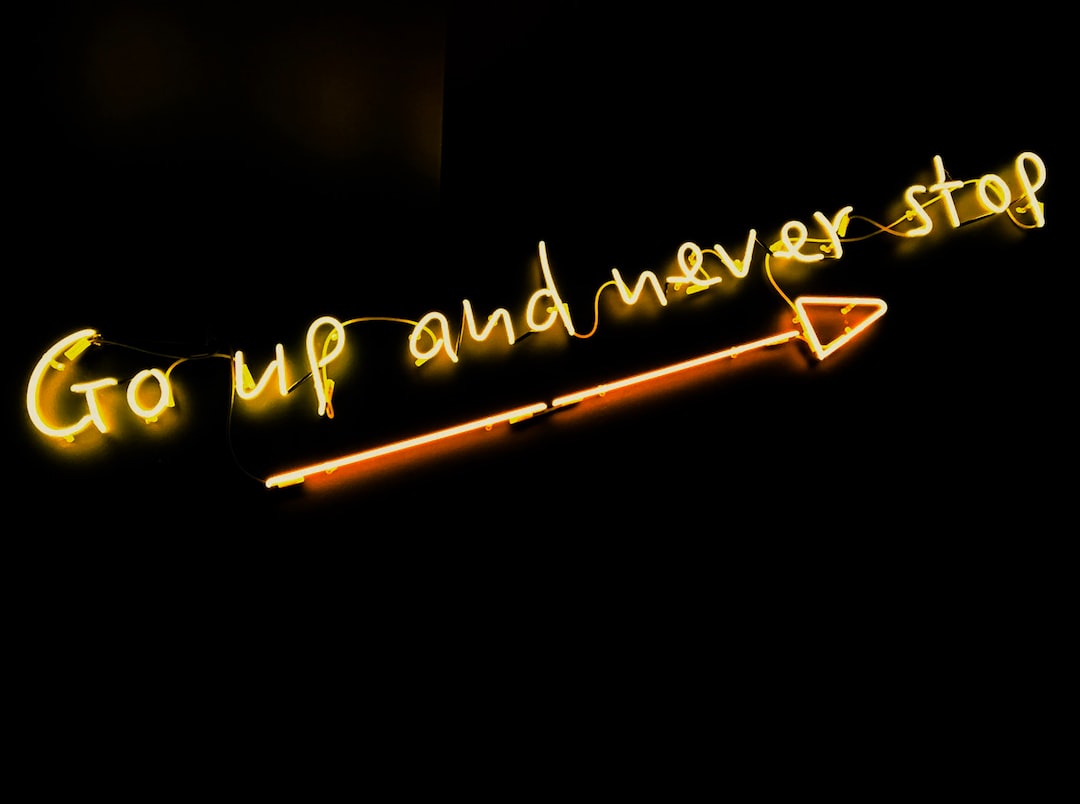The Dark Side of Social Media: Online Bullying and Harassment
Social media platforms have undoubtedly revolutionized the way we connect and communicate with one another. With billions of users worldwide, these platforms offer the ability to stay in touch with friends and family, share experiences, and express ourselves freely. However, beneath the glossy surface of social media lies a dark side: online bullying and harassment.
Online bullying, also known as cyberbullying, is the act of using digital platforms to intentionally harm, threaten, or intimidate others. It can take many forms, including spreading rumors, sharing embarrassing photos or videos, abusive comments, and even death threats. Unlike traditional bullying, cyberbullying takes place online and can occur 24/7, leading to an incessant feeling of being targeted and invaded, even in the supposed safety of one’s own home.
One of the most troubling aspects of online bullying is that it often goes unnoticed by those who could intervene. Victims may suffer in silence, afraid of further escalation or not knowing how to seek help. Moreover, the anonymous nature of the internet emboldens bullies, making them more ruthless and relentless. They can hide behind fake profiles and aliases, enabling them to target their victims from the shadows, without facing any immediate consequences for their actions.
The consequences, however, are very real for the victims of online bullying. The psychological impact can be severe, leading to depression, anxiety, and even suicidal thoughts. The constant barrage of negativity can erode self-esteem and confidence, leaving lasting scars that can persist long after the bullying has ended. Additionally, victims may feel isolated and cut off from their friends and support systems, as the bullying often involves social exclusion and spreading rumors.
Social media platforms themselves are not immune to criticism regarding their handling of online bullying. Critics argue that companies should do more to prevent and address cyberbullying on their platforms. While most popular platforms have implemented reporting systems and policies against harassment, many victims feel that more decisive action is needed. The sheer scale of these platforms makes it difficult to effectively moderate and police every instance of bullying, leading to concern that online harassment is slipping through the cracks.
To combat the dark side of social media, it is essential for individuals and communities to come together and take action. Parents and educators play a crucial role in equipping young people with the knowledge and skills to navigate online spaces safely. Teaching digital literacy and resilience can empower individuals to recognize and react appropriately to instances of bullying.
However, the responsibility does not fall solely on individuals. Social media platforms also need to step up their efforts to make their platforms safer for users. Improved algorithms and artificial intelligence can help detect and flag instances of bullying, allowing for quicker intervention. Companies should also prioritize educating users about appropriate online behavior and the actions they can take to protect themselves from harassment.
Furthermore, fostering a culture of empathy and kindness online is paramount. Each one of us has the power to positively impact the online world. By choosing to spread kindness and support one another instead of tearing each other down, we can create a safer and more inclusive online community.
It is crucial to remember that social media has the potential to be a force for good. It can empower individuals, amplify important voices, and foster connections that would not have been possible otherwise. However, we must also acknowledge and address the dark side—the prevalence of online bullying and harassment that threatens to overshadow these positive aspects.
By shedding light on this issue, we can work together to create a safer and more compassionate online environment. Whether it is through legislation, improved platform policies, or individual efforts, everyone has a role to play in combating the dark side of social media and ensuring that it remains a space for connection and positivity rather than a breeding ground for hate and harm.
